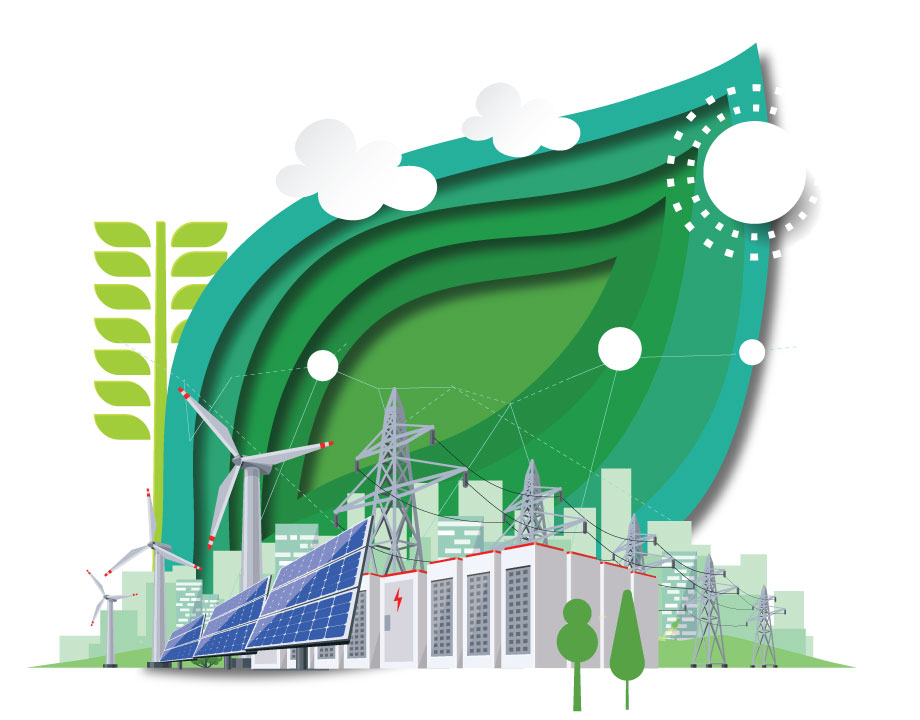Blog: Gas Prices Stabilize for the Summer
Blog: Gas Prices Stabilize for the Summer


Crude oil prices are lower now than the inflation-adjusted prices of 2019 and 2021, but retail gasoline prices still are higher.
Time seems to be flying these days, but it was only last summer when gasoline prices in the United States hit record highs. Television news teams camped out in front of a downtown Los Angeles gas station notorious for its headline-making prices. And they weren’t disappointed: At one point in June 2022, the price for regular topped out at $8.05 per gallon.
Fuel prices were not that high everywhere, but the national average for regular gasoline (all formulations) was $5.00 per gallon the week of June 13, 2022, accord to the Energy Information Administration (EIA), which compiles energy data.
View Our Infographic: How High is the Price of Gas?
The price of gasoline is a fixation of the American psyche. Low prices are associated with good times and spur sales of gas-guzzling (and high profit margin) vehicles; high prices have created panic in political circles since the Nixon Administration. Last year, the Biden Administration released more than 211 million barrels from the Strategic Petroleum Reserve to try to push down prices, putting the inventories at their lowest levels since 1984.
When gas prices soared last summer, some media outlets—including this blog—asked whether the bad old days of the 1970s were returning. But as was noted at the time, many of the forces that led to high prices were temporary disruptions rather than long-term supply problems. The Russian invasion of Ukraine in February 2022 led to sanctions on one of the world’s largest oil producers. And the ending of most COVID-related public health restrictions sent American motorists on long-delayed road trips and daily commutes. Supply and demand couldn’t run in opposite directions forever.
 Indeed, a May 25 report by the EIA shows gas price stability heading into what has long been called the summer driving season. The first line of the report told the tale: “The retail price for regular-grade gasoline in the United States on May 22, the Monday before Memorial Day weekend, averaged $3.53 per gallon, 26 percent (or $1.24/gal) lower than the inflation-adjusted price a year ago.” The Memorial Day price in 2023 was not so much different from the inflation adjusted prices in 2019 and 2021, $3.38 and $3.41, respectively.
Indeed, a May 25 report by the EIA shows gas price stability heading into what has long been called the summer driving season. The first line of the report told the tale: “The retail price for regular-grade gasoline in the United States on May 22, the Monday before Memorial Day weekend, averaged $3.53 per gallon, 26 percent (or $1.24/gal) lower than the inflation-adjusted price a year ago.” The Memorial Day price in 2023 was not so much different from the inflation adjusted prices in 2019 and 2021, $3.38 and $3.41, respectively.
The fall in retail gas prices has retraced much of the decline in crude oil prices. After breaking through the $100 a barrel level last year after the invasion of Ukraine, West Texas Intermediate, the benchmark for U.S.-produced oil, was $72.66 on May 26. Crude oil accounts for about half the price of retail gasoline, with contributions from refining, distribution and marketing, and taxes responsible for the rest. That means even very sharp rises or declines in the crude oil price have muted effects on what motorists see at the pump.
Even so, there is a disconnect at present between the relatively low price of oil and consumer prices for gasoline, the EIA says:
“Although crude oil prices are lower now than the inflation-adjusted prices of 2019 and 2021, retail gasoline prices are higher. One reason for the higher retail gasoline prices is that gasoline inventories have been at or below five-year (2018–22) lows in 2023 and, as of May 24, remain 10% below the May five-year average, according to our Weekly Petroleum Status Report. More gasoline is being consumed in the United States now than any other year since the start of the pandemic, which has reduced inventories.”
Check Out the ASME Video: Fighting Climate Change with Vodka and Jet Fuel
As noted above, oil prices—and the gasoline prices that follow them—are subject to demand shocks as well as supply constraints. Two of the last three times crude oil prices collapsed, it was due to the Global Financial Crisis of 2008 and the Coronavirus pandemic of 2020. While motorists may hate high gasoline prices, they are often the sign of a return to normal economic activity after a crisis rather than a cause for alarm.
What’s more, the federal government is slowly refilling the Strategic Petroleum Reserve, which is boosting net demand and reducing commercial inventories. Without that pressure (which is the inverse of the effect from reserve releases when prices were on the upswing) the summer driving season would have started with even lower gas costs.
Jeffrey Winters is editor in chief of Mechanical Engineering magazine.
Fuel prices were not that high everywhere, but the national average for regular gasoline (all formulations) was $5.00 per gallon the week of June 13, 2022, accord to the Energy Information Administration (EIA), which compiles energy data.
View Our Infographic: How High is the Price of Gas?
The price of gasoline is a fixation of the American psyche. Low prices are associated with good times and spur sales of gas-guzzling (and high profit margin) vehicles; high prices have created panic in political circles since the Nixon Administration. Last year, the Biden Administration released more than 211 million barrels from the Strategic Petroleum Reserve to try to push down prices, putting the inventories at their lowest levels since 1984.
When gas prices soared last summer, some media outlets—including this blog—asked whether the bad old days of the 1970s were returning. But as was noted at the time, many of the forces that led to high prices were temporary disruptions rather than long-term supply problems. The Russian invasion of Ukraine in February 2022 led to sanctions on one of the world’s largest oil producers. And the ending of most COVID-related public health restrictions sent American motorists on long-delayed road trips and daily commutes. Supply and demand couldn’t run in opposite directions forever.

The fall in retail gas prices has retraced much of the decline in crude oil prices. After breaking through the $100 a barrel level last year after the invasion of Ukraine, West Texas Intermediate, the benchmark for U.S.-produced oil, was $72.66 on May 26. Crude oil accounts for about half the price of retail gasoline, with contributions from refining, distribution and marketing, and taxes responsible for the rest. That means even very sharp rises or declines in the crude oil price have muted effects on what motorists see at the pump.
Even so, there is a disconnect at present between the relatively low price of oil and consumer prices for gasoline, the EIA says:
“Although crude oil prices are lower now than the inflation-adjusted prices of 2019 and 2021, retail gasoline prices are higher. One reason for the higher retail gasoline prices is that gasoline inventories have been at or below five-year (2018–22) lows in 2023 and, as of May 24, remain 10% below the May five-year average, according to our Weekly Petroleum Status Report. More gasoline is being consumed in the United States now than any other year since the start of the pandemic, which has reduced inventories.”
Check Out the ASME Video: Fighting Climate Change with Vodka and Jet Fuel
As noted above, oil prices—and the gasoline prices that follow them—are subject to demand shocks as well as supply constraints. Two of the last three times crude oil prices collapsed, it was due to the Global Financial Crisis of 2008 and the Coronavirus pandemic of 2020. While motorists may hate high gasoline prices, they are often the sign of a return to normal economic activity after a crisis rather than a cause for alarm.
What’s more, the federal government is slowly refilling the Strategic Petroleum Reserve, which is boosting net demand and reducing commercial inventories. Without that pressure (which is the inverse of the effect from reserve releases when prices were on the upswing) the summer driving season would have started with even lower gas costs.
Jeffrey Winters is editor in chief of Mechanical Engineering magazine.



